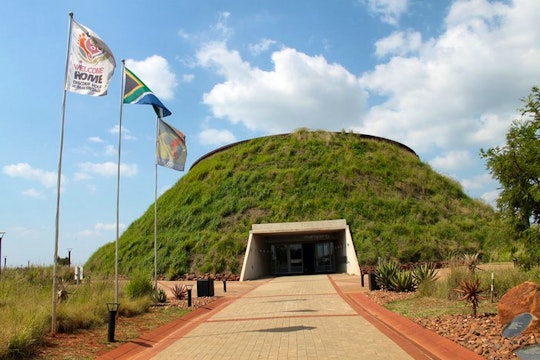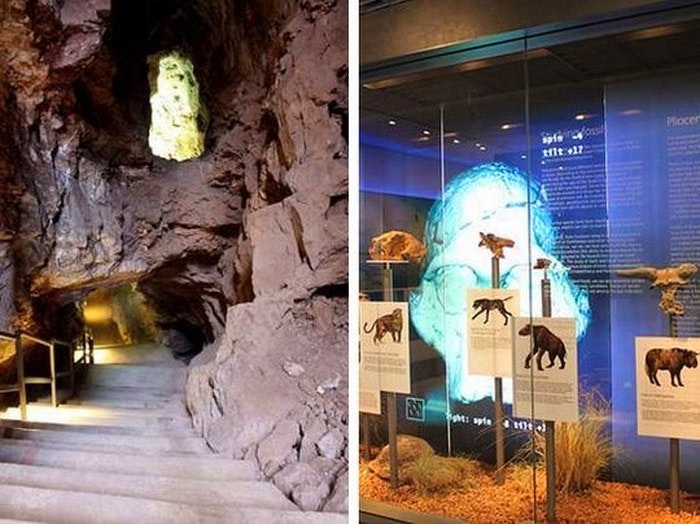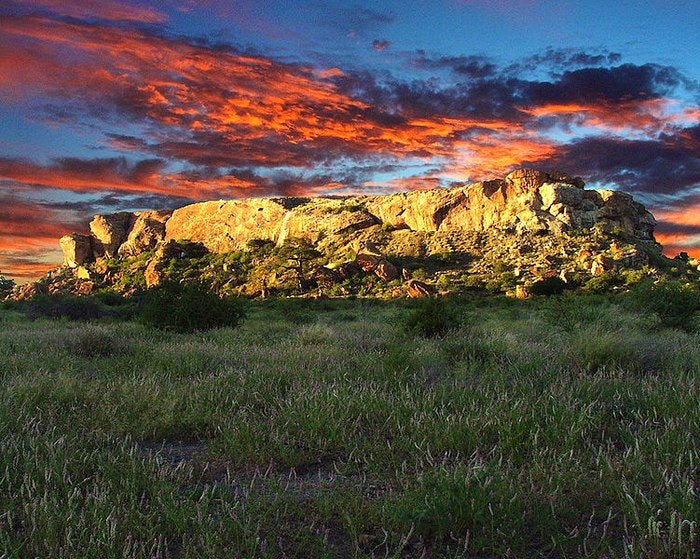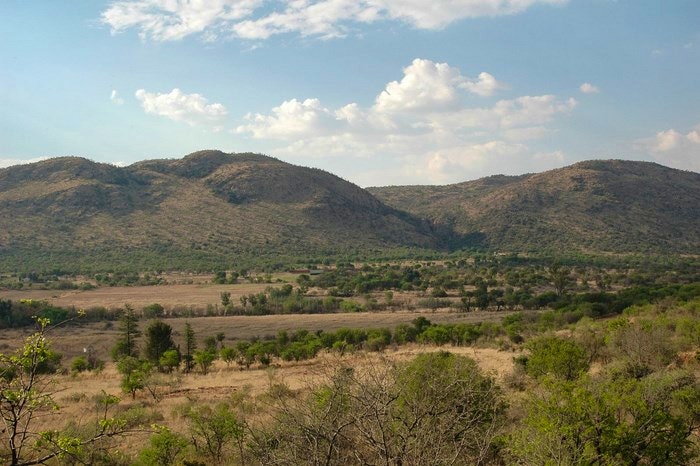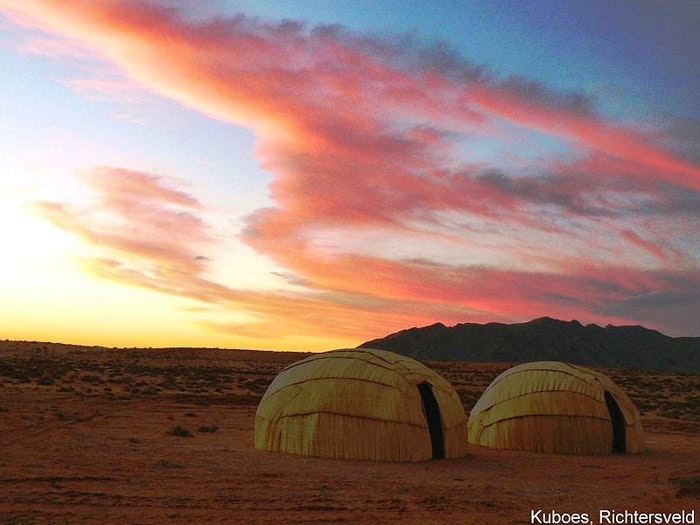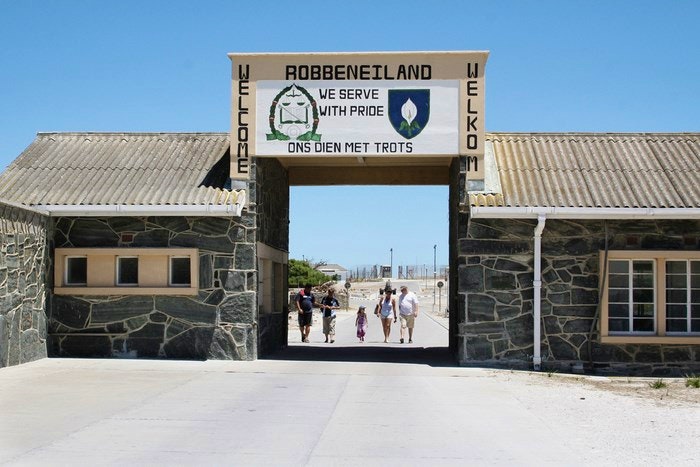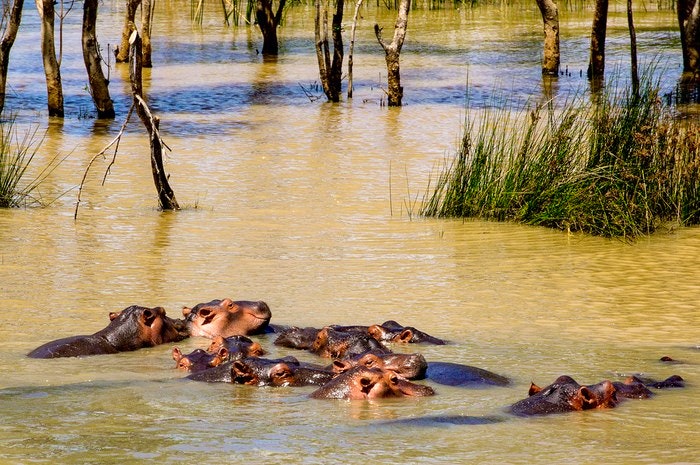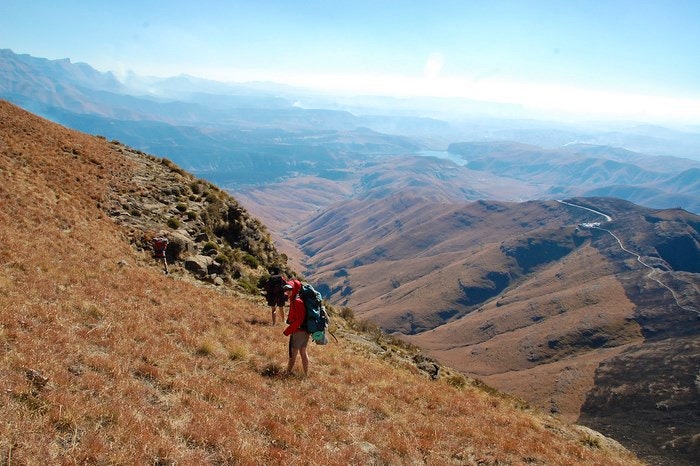South Africa boasts 8 of the world’s official UNESCO World Heritage Sites which are well worth a visit due to their natural, cultural, and historical importance. The next time you have a day or two to spare, make sure you visit one of these South African World Heritage Sites near you:
- Cradle of Humankind, Gauteng
The Cradle of Humankind is the only World Heritage Site in Gauteng, situated around an hour’s drive from Johannesburg and Pretoria. The Cradle of Humankind is believed to be the birthplace of humankind where the first hominid, Australopithecus, was found in 1924 and various fossil sites contain traces of human evolution dating as far back as 3.3 million years. Tour the Sterkfontein Caves, view current excavation sites, or visit the Maropeng Centre. Contact: +27 (0)14 577 9000.
- Mapungubwe National Park, Limpopo
Mapungubwe was South Africa’s first kingdom, and dates all the way back to the Iron Age. The Mapungubwe National Park is rich in biodiversity and captivating landscapes, and offers a wealth of activities for tourists. Enjoy a treetop walk, picnic at the confluence of the Limpopo and Shashe Rivers, follow the Route of the Lost Kingdom, explore the Mapungubwe Interpretation Centre, or just admire the mystifying fauna and flora, including elephant, giraffe, white rhino, eland, gemsbok, lion, leopard, hyena, and over 400 species of birds. Contact: +27 (0)15 534 7923/4.
- Vredefort Dome, Free State
The Vredefort Dome is the world’s largest verified impact crater, measuring 300km in diameter. The World Heritage Site was formed after a meteorite 10km in diameter hit the earth more than 2 billion years ago. While the crater itself has since eroded away, the remaining geological structure is known as the Vredefort Dome; consisting of a ring of hills measuring 70km in diameter. Contact: +27 (0)56 818 1814.
- Richtersveld Cultural and Botanical Landscape, Northern Cape
The Richtersveld Cultural and Botanical Landscape is a mountainous desert landscape covering an astonishing 160 000 hectares of dramatic landscapes. Despite its parched setting, the Richtersveld is regarded as the only arid biodiversity hotspot on earth with numerous animal, bird, and plant life that has adapted to its harsh conditions. The region is inhabited by the Nama people who own and manage the Richtersveld National Park in conjunction with South African National Parks (SANParks). They are also entirely responsible for management of the World Heritage Site. Contact Richtersveld Tours: +27 (0)83 928 3571.
- Robben Island, Western Cape
Robben Island is located in Table Bay, Cape Town. The 580 hectare oval-shaped Island is an absolute must-see for every tourist to Cape Town. The island houses the maximum security prison where Nelson Mandela, South Africa’s first democratically elected president, spent 18 of his 27 years of imprisonment. Today Robben Island is preserved as a National Monument and a World Heritage Site in memory of Nelson Mandela and the struggle against oppression. Boat trips leave from the V&A Waterfront. Tours include an island bus tour, viewing of the prison cells (including Mandela’s), lime quarry, and Robert Sobukwe’s prison house, a chance to talk to ex-political prisoners, and more. Contact: +27 (0)21 409 5100.
- Cape Floral Kingdom, Western Cape
The Cape Floral Kingdom has 8 protected areas that are amongst the richest in plant life, home to more than 9000 vascular plant species, of which 69% are endemic. The site incorporates Table Mountain National Park, Cederberg Wilderness Area, Groot Winterhoek Wilderness Area, Boland Mountain Complex, De Hoop Nature Reserve, Boosmansbos Wilderness Area, Swartberg Complex, and Baviaanskloof Mega Reserve. While the region takes up only 0.04% of the world’s land area, it contains roughly 3% of its plant species, making it one of the world’s 18 biodiversity hot spots.
- iSimangaliso Wetland Park, KwaZulu-Natal
The iSimangaliso Wetland Park is South Africa’s 3rd largest protected area. The region features 3280km² of 8 independent natural ecosystems, from spectacular dune forests and coral reefs, to extensive savannahs and wetlands. The park is world famous for its exceptional biodiversity, with more than 521 bird species recorded in the area.
- Maloti-Drakensberg Park, KwaZulu-Natal
The famous Maloti-Drakensberg Park is spread out over parts of South Africa and Lesotho, and incorporates both the Royal Natal National Park and Drakensberg National Park, Africa’s highest mountain range south of Kilimanjaro and the largest concentration of rock art paintings on the continent. Covering some 2428km², the area features many endemic birds, plant and animal species, bestowing it with both natural and cultural importance.
Which South African World Heritage Site would you like to visit?
Main image credited to flowcomm (Flickr)

